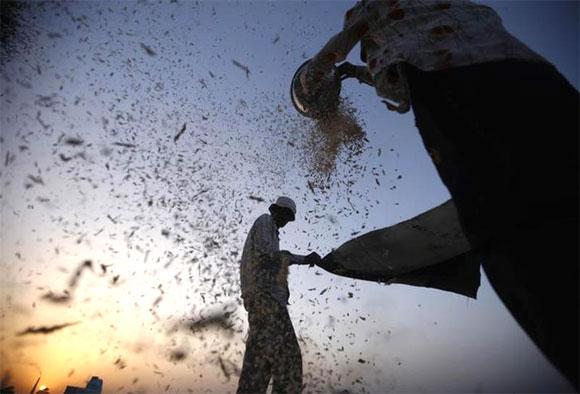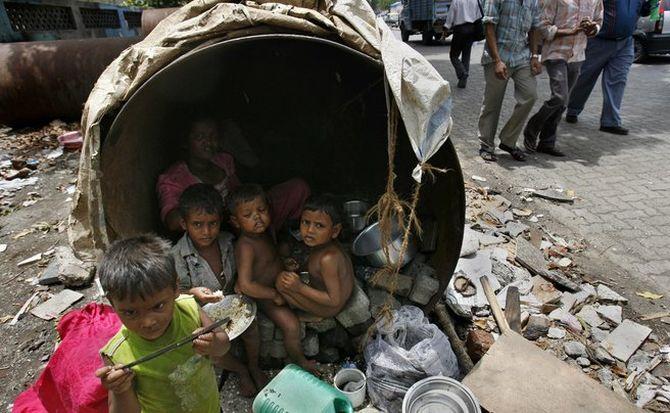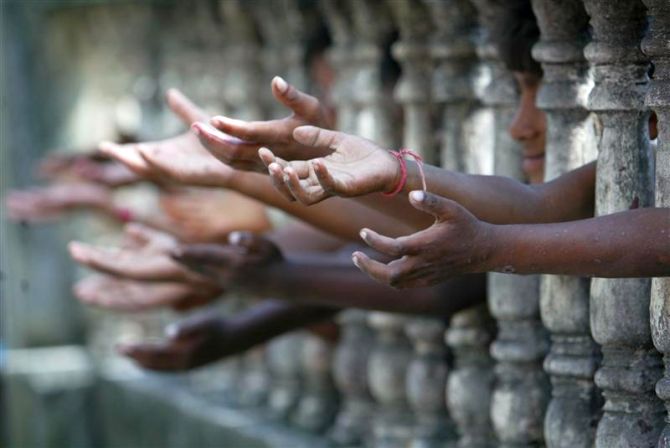
It costs the government Rs 3.65 to deliver Re 1 worth of food to people under the Public Distribution System, reveals the preliminary assessment of the programme by the Independent Evaluation Office.
The IEO, which has been entrusted to assess public programmes, has found that 57 per cent of the subsidised foodgrains distributed in Delhi, do not reach the target group with close to 36 per cent siphoned off the supply chain.
The body was formally launched by the Planning Commission on Wednesday and it will submit its first report on PDS and maternal mortality in the next 3-4 months.
The second detailed report will follow a year after, IEO's Director General Ajay Chhibber has said.
. . .

"Evaluations in areas such as the PDS and health issues such as material and neonatal mortality ratio are among the first to be undertaken by the team.
“Other on Mahatma Gandhi National Rural Employment Guarantee Act and Jawharlal Nehru National Urban Renewal Mission will follow," Chhibber said in a statement.
"India can become power but must fix its Achilles Heel-which is better delivery of quality of public services.
“In this regard, we can learn from within the country but we must also benchmark ourselves internationally," he added.
According to IEO, health and nutritional security are critical priority areas of concern for India.
. . .

Nearly half of the country's under-five children are malnourished and its maternal mortality ratio was 212 per 1,00,000 live births in 2012.
It remains over 100 short of target of the Millennium Development Goal target of 103 that the government has promised to achieve by 2015.
The body says that while there has been a significant decline in overall MMR, the national average masks wide regional disparities.
MMR is over 300 per 1,00,000 live births in states like Uttar Pradesh, Uttrakhand, Rajasthan and Assam.
Over two million children die each year before they reach 28 days.
. . .

However, some states like Kerala, Tamil Nadu and Maharashtra have succeeded in bringing MMR down to around levels of 100 per 1,00,000 live births.
Evaluations in these sectors will provide pointers to why some states do better
than others, how national programmes can be made more flexible to be better adapted to suit regional requirements and the policies to make this happen.
In 2013-14, India had budgeted around Rs 2,00,000 crore (Rs 2,000 billion) for the flagship programes -- a significant amount intended to improve a range of basic services including health and education.
But the results have been mixed at best and quite varied across states, the IEO observed.
The body has suggested that there is an urgency to get this spending more outcome oriented.